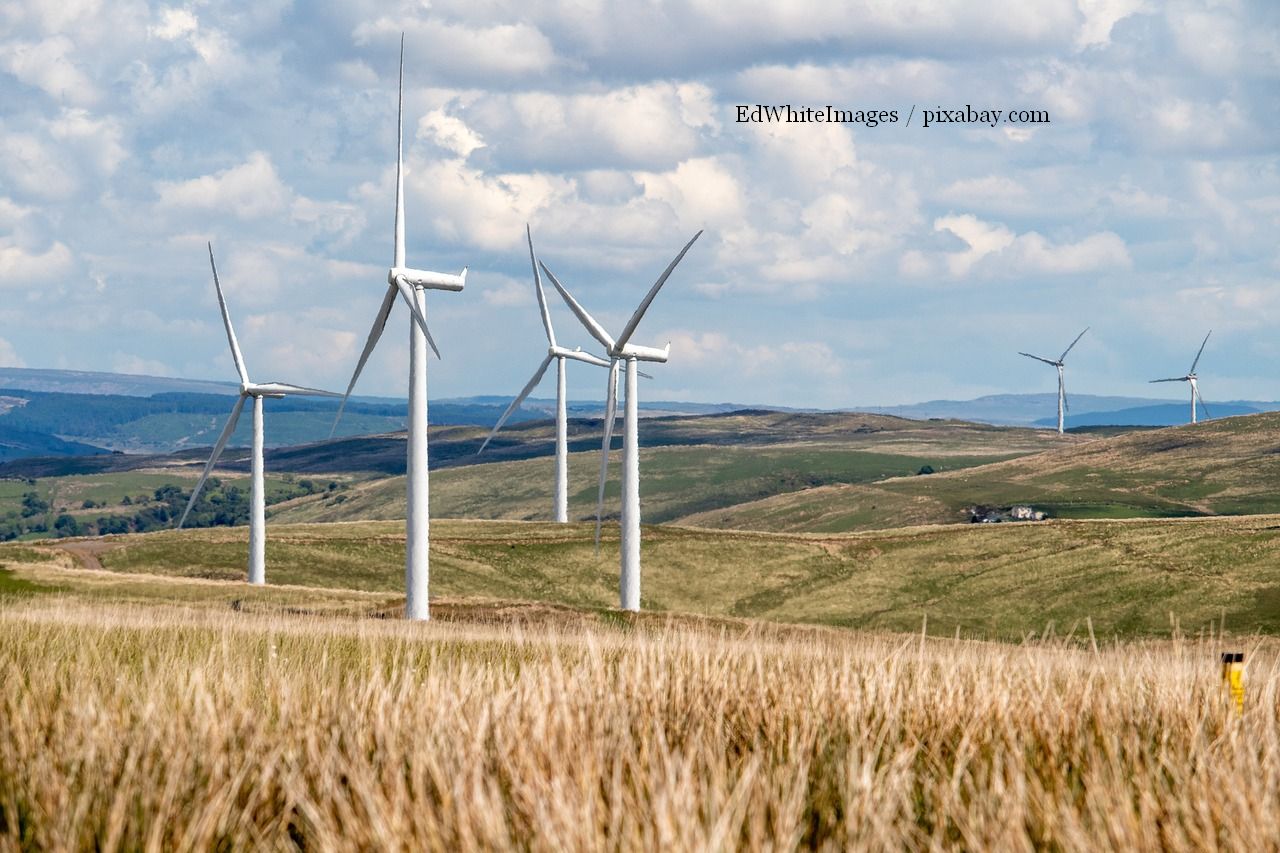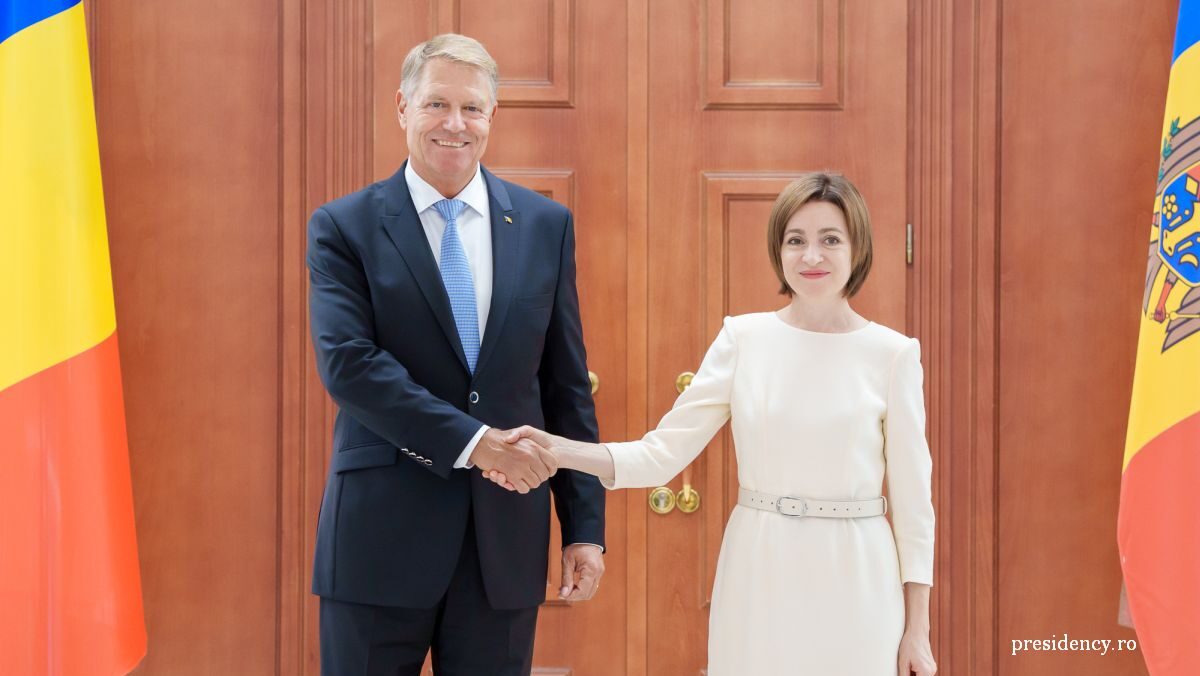Tension is mounting along Romania’s neighboring borders
Russia's sabre-rattling on the border with Ukraine

Corina Cristea, 10.12.2021, 14:00
The build-up of Russian forces
along Ukrainians borders has been extremely carefully monitored as of late,
amid fears that Moscow could prepare a sweeping attack, to be launched in January
next year, most likely. Russia has already strengthened its presence in the
region with tanks and almost 100,000 military. The military deployment is ongoing,
and tension is mounting. What we failed to carry through in 2014, we’re now prepared
to achieve, the White House leader warned his counterpart in Kremlin. The US
president pointed to the likelihood of Russia invading Ukraine yet again, which
is quite similar to the invasion that resulted in Russia illegally annexing
Crimea. As part of a secured video conversation Joe Biden had with Vladimir
Putin, the US President cautioned that, should Russia invade Ukraine for a second
time around, the US and the European allies will respond with strong economic
sanctions. Washington is set to supply Ukraine with more defensive equipment, while the allies’
position along NATO ‘s eastern flank will be strengthened. On the other side,
Vladimir Putin stated his army threatened nobody. Putin has also called for guarantees
to be offered, whereby NATO would not expand to the East, that is to Ukraine. Moscow
has accused NATO of the swift destruction of Europe’s security architecture, that
including the anti-missile shield in Romania and Poland. Moscow also accused NATO
of having deployed its military infrastructure as far as the Russian borders. As
a guest on a Radio Romania International programme, Professor Alba Popescu of the
National Defense University gave details on the geo-political context in the
region.
Dr Alba Popescu:
In fact,
the underlying cause is the localization of this region from a geographical
perspective, the so-called Ponto-Baltic isthmus some of geography specialists
say it is Europe’s real border. A strip of land between the Baltic Sea’s southern
coast and the northern coast of the Black Sea, between the Moravian gate-way
and the Caucasus Mountains, which, from a geopolitical perspective, make a buffer
area lying between the power which for centuries has been controlling Eurasia’s
centrality area and which now bears the name of the Russian Federation, and, on
the other side, the dominant powers of Atlantic Europe. A space which,
geographically, is dominated by the flatlands which make the Russian
Federation’s western frontier. Hence the problem, since it is the federation’s
most vulnerable frontier. Furthermore, it is a space of a tremendous
geo-strategic value because it is a territory that can turn into a barrier or
into a gateway capable of facilitating or, on the contrary, stemming the flows
between Europe and Asia, between the northern and the southern part of the
continent. So it is a space, which, in geopolitical and geostrategic terms, is
called a pivotal space, a hub and a nexus, geoeconomically and geopolitically,
so it is Eurasia’s most valuable space from a geostrategic perspective.
In Moscow’s terms, if the
confrontational drift is to be prevented, the imperious condition is that
of the long-term security guarantees with a mandatory legal value, whereby, for
the future, any expansion of NATO towards the east is ruled out, as well as the
deployment along the Russian borders of weaponry capable of threatening Russia’s
security. Moscow’s stance to that end is closely linked to Russia’s security
ring. Here is Professor Alba Popescu once again, explaining all that.
Dr Alba Popescu:
The security ring is made of
those state and aquatic massifs surrounding Russia, that terrestrial colossus which
is ring-shaped, so to speak. The Russians believes that security ring to be a
space where their influence is exerted by default, it is a space of a vital and
strategic importance for them. So everything getting
closer to their frontier is viewed as a direct threat. Therefore, that security
ring is the red line. The states of the security ring include Ukraine, then
there are also the trans-Caucasian states, Moldova, Belarus. All those states are part of the security ring. Consequently,
whenever Russia detects an advancement or an attempt from those states to stray
away from the Russian influence and place themselves under the Western influence,
Russia would take action under such circumstances. And, as we have seen it
before, it was quick to take action to that effect in the 1990s. After the empire
was dismantled, it orchestrated all those conflicts, which are frozen and
reactivated periodically, as we could see. We’ve seen that happening in Ukraine
as well, we also saw it happening in Georgia, in Nagorno-Karabakh…So things are
developing on a large scale in the region. And all that has to do with Russia’s
impending objective, a strategic objective, with a by now historical tradition,
that of dominance in the region, which, as early as Tsar Peter
the 1st’s reign, has been one of the eastern power’s set targets and which
today are materialized in the hybrid action the Russian Federation takes in the
Ponto-Baltic region. In the Pontic region, where we are, and, of course, in the
Baltic region, where the targets are different, the Baltic States, then there
are also Poland and Sweden. So that’s what that type of behaviour is about, a
type of behaviour which has become increasingly aggressive, actually.
The
conflict in Ukraine won’t be sorted out, as far as I’m concerned, says Alba
Popescu. Russia does not have any interest whatsoever, neither to rekindle it, in
the coming period, or to sort it out, one way or another, with Ukraine having
to remain in that grey area, alongside the other states. According to NATO, the
very idea is unacceptable, whereby Russia can have its own sphere of influence,
says NATO Secretary General Jens Stoltenberg. The very idea of bringing up such an issue
prompts us to enhance our vigilance, such an idea is unacceptable, the idea
whereby Russia could have its spheres of influence there. That might mean we must
effectively admit that Russia can control what its neighbouring states can do, despite the fact that those states are sovereign states, NATO Secretary General Jens Stoltenberg went on to say.
(Translation by Eugen Nasta)






























